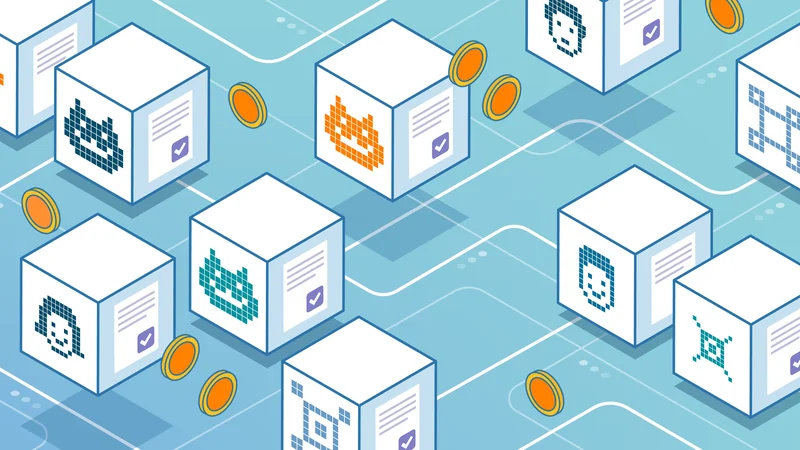What Is an NFT and How Do NFTs Work?
An NFT, a non-fungible token, is a unique digital asset that represents a real-world item, even if the item and its ownership are wholly digital. NFTs can represent artwork, in-game items or assets, real estate, videos, collectibles, intellectual property, or something else entirely. The term “non-fungible” simply means that it can’t be traded like-for-like in the way that one $10 bill can be exchanged for two $5 bills.
NFTs are generally sold, acquired, and bidded on via NFT marketplaces, such as OpenSea, Variable, Foundation, and Nifty Gateway. As an NFT is a digital asset, the physical item being traded, if there is one, doesn’t necessarily have to change hands. Instead, the buyer of the NFT receives a digital ownership certificate, which is stored in a crypto wallet after having been verified through a blockchain.
Although NFTs, particularly NFT artwork, have been generating a lot of attention in 2021 and early 2022, the first NFT was registered on the Namecoin blockchain, which is a fork of Bitcoin. Named ‘Quantum,’ it was sold for ~$4 in 2014 and featured a short video clip of a pixelated octagon filled with various shapes.
By 2017, Ethereum became the NFT platform of choice, mostly due to its wider capabilities to support NFT developers, including smart contracts, which allow users to more effectively trade NFT assets.
Ethereum.org suggests that NFTs could be used in the future as collateral in digital loans in the same way as a house is used in a traditional mortgage. This could even be transferred to real-world property deals, which often involve huge sums and lengthy paperwork, which could be expedited and simplified using timestamped NFTs.
NFTs might also see use in healthcare. It is possible to use blockchain technology to store medical records, which track individual medical data, as NFT assets and make them accessible when needed by patients and their physicians. VitaDAO, a longevity research organization, is already funding research in order to generate intellectual property (IP) NFTs with the aim of improving human health, and the organization has plans to further expand on this in the future.
NFTs could even extend to supply chains, as their documented chain of ownership could permit more thorough verification of products for safety and legal purposes, allowing stores to track goods from the manufacturer to the store.
In sum, just as a cryptographic blockchain can be used to store and transfer fungible digital currency, it can also be used to store and transfer individual, digital items: non-fungible tokens.


